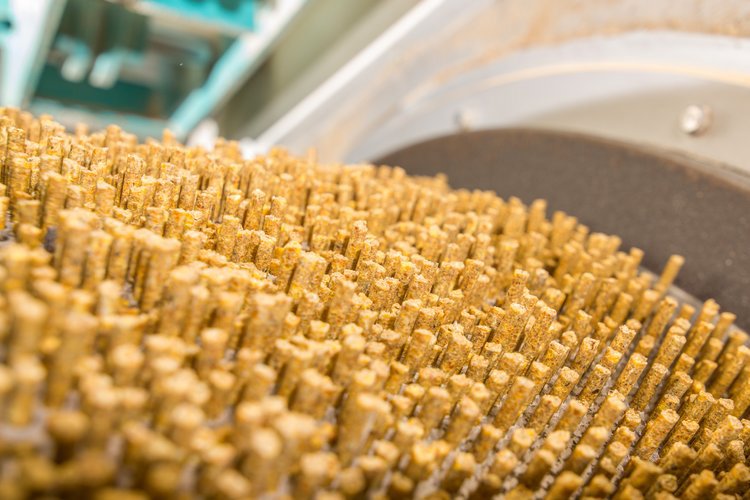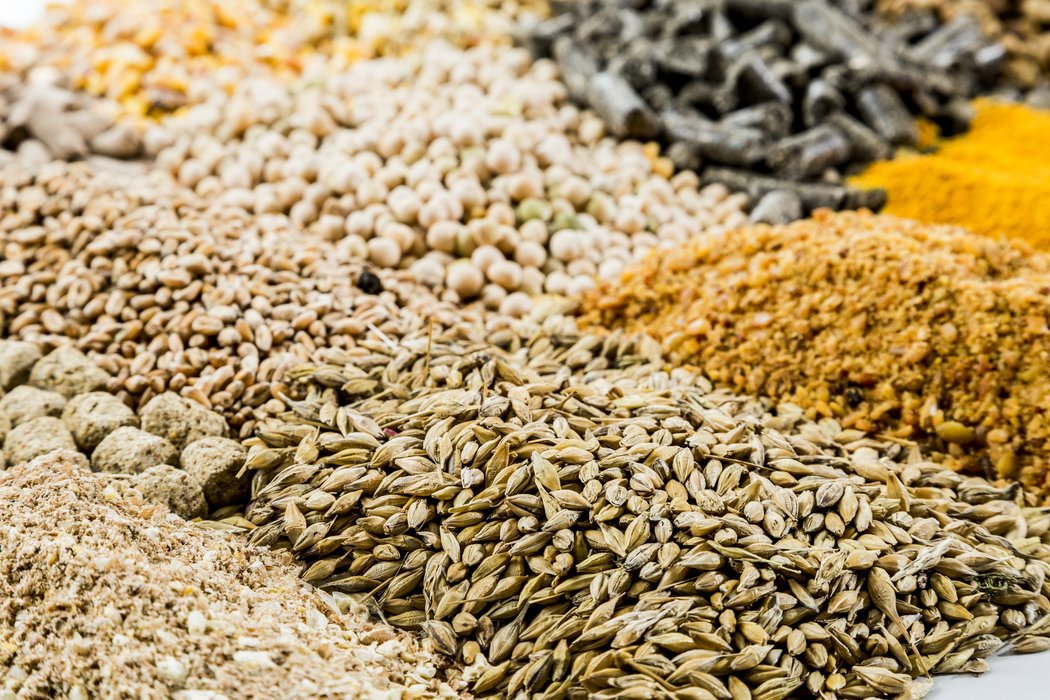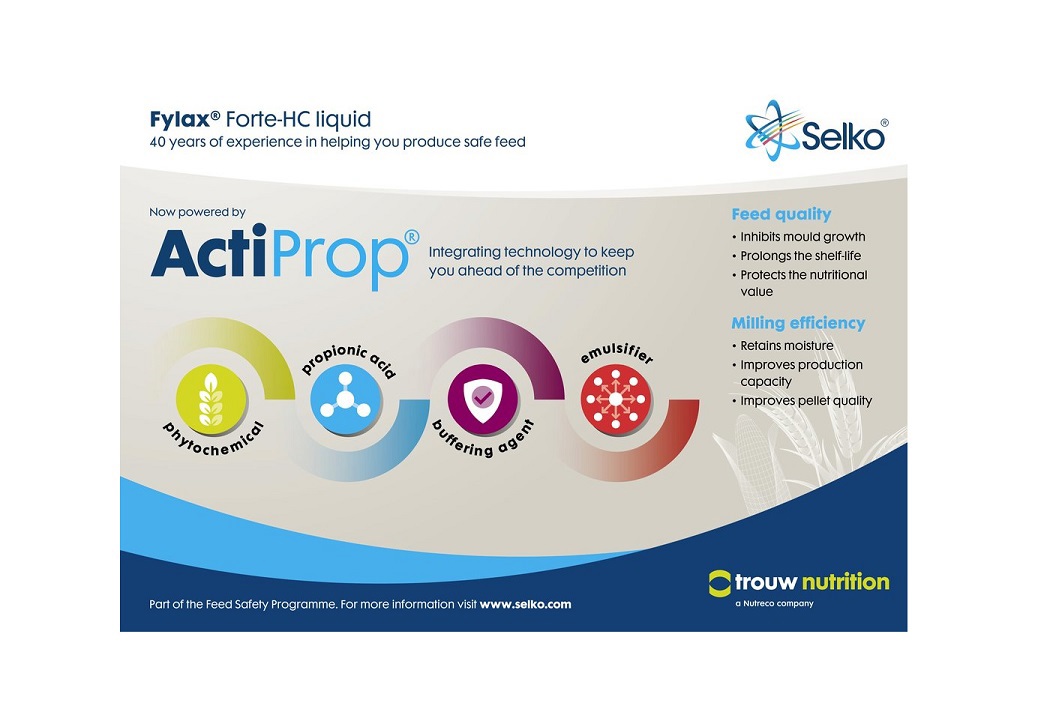Process moisture management
Managing feed's moisture profile is essential at the feed mill, in transport and during storage. Because various processes and conditions that occur during feed manufacturing can adversely affect feed quality and producers’ economics, organic acid blends are a useful tool to optimise feed manufacturing efficiency and feed integrity and support feed hygiene. Friction during grinding that takes place in the manufacturing process generates heat, which leads to moisture loss. This can result in lost weight of the feed produced and a sub-optimal pellet. Introducing a hydrating solution comprised of water mixed with blends of surfactants and organic acids into the mixing process can improve the wetting and absorptive properties of the feed. Specific surfactants allow moisture to be distributed more evenly throughout the ingredients, which allows for better binding and cooking in the conditioner. The surfactants' binding abilities also optimise starch gelatinisation and reduce moisture loss from the feed. Optimising feed mill efficiency can increase not only moisture levels in feed, but also improve feed mill profitability.




